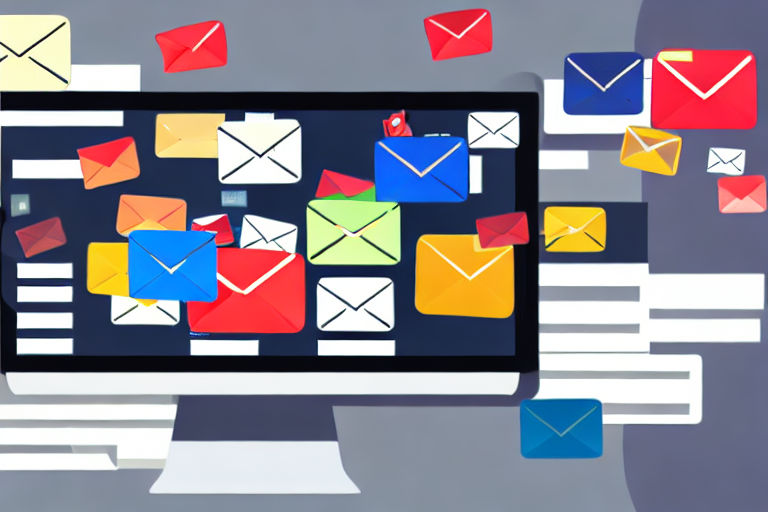5 Segmentation Strategies to Improve Your Email Marketing Efforts
Email marketing is a great way to reach your target audience, but you need to do more than just send out generic emails. Segmenting your email list can significantly improve the effectiveness of your email marketing campaigns. With segmentation, you can target specific groups of people with personalized messages, increasing open rates, click-through rates, and conversion rates. Here are five segmentation strategies you can use to improve your email marketing efforts:
1. Demographic Segmentation
Demographic segmentation is the most basic type of segmentation. It involves dividing your email list based on demographic traits such as age, gender, location, income, and education level. This type of segmentation can help you create personalized messages that resonate with your target audience. For example, you can send different emails to different age groups based on their interests and preferences.
2. Behavioral Segmentation
Behavioral segmentation involves dividing your email list based on how subscribers have interacted with your previous emails or website. Examples of behavioral segmentation include purchase history, email engagement level, content preferences, and website behavior. By segmenting your list based on behavior, you can send targeted emails that are more likely to convert.
3. Psychographic Segmentation
Psychographic segmentation involves dividing your email list based on personality traits, values, interests, and lifestyle. This type of segmentation goes beyond basic demographic data to understand the psychological makeup of your target audience. For example, you can segment your list based on whether subscribers are introverted or extroverted, and tailor your messages accordingly.
4. Geographic Segmentation
Geographic segmentation involves dividing your email list based on location or time zone. This type of segmentation is particularly useful for businesses with a physical presence, such as retail stores or restaurants, as it allows you to target subscribers in a specific geographical area with relevant offers and promotions.
5. Customer Journey Segmentation
Customer journey segmentation involves dividing your email list based on where subscribers are in the customer journey. This can include subscribers who have just signed up for your newsletter, those who have made a purchase, and those who have not interacted with your brand in a while. Creating targeted messages for each stage of the customer journey can significantly improve engagement rates.
In conclusion, segmentation is a crucial aspect of email marketing that can help you send personalized messages to your target audience. By using demographic, behavioral, psychographic, geographic, and customer journey segmentation, you can improve engagement rates, increase conversions, and ultimately grow your business.



